Eyad Handal : « I felt really proud because they’re protecting objects and artefacts from our heritage, from this land. »
The Terra Sancta Museum aims to present the Christian heritage of the Holy Land and will exhibit rare collections of art produced locally. The portrait of a young Palestinian historian: a look at the Franciscans’ museum projects in the Holy Land.

Can you briefly describe your background?
My name is Eyad Handal, I am 30 years old and I am from Bethlehem. I currently work at the Dar Al Sabagh Centre, which possesses a large art and heritage collection, collecting contemporary Palestinian art. I first started studying mechatronics in Hebron, and worked for five years in cars. Then I was elected to be the head of a youth council for the municipality, and I felt that I had to continue my studies: I felt that I was lacking something. When I was at school, history was my favourite subject. I went to Birzeit University to study archaeology. I then continued with a master’s degree at Bethlehem University in tourism and cultural heritage.
How did you discover the art world: how did you get there?
In 2009, I was a scout with the Terra Sancta Scouts, and I met the professor and collector George Al Ama [also consultant to the scientific committee of the Terra Sancta Museum – author’s note], who invited me to visit his home. When I went in, I saw artefacts everywhere. It was full of mother-of-pearl objects and Palestinian clothes from Bethlehem, paintings, books… I love Bethlehem but I didn’t know anything about our cultural heritage. I remember I didn’t want to leave and I asked him to introduce me to all our cultural heritage. So he advised me to study archaeology when I decided to continue my studies.
➡️ Read our article on George Al Ama
Then, at university, we were able to work on several very rich projects, such as the upgrading of the Al Mentar museum in Tulkarem. For three months, we worked to ensure that the local community could reclaim their cultural heritage. I also had the opportunity to participate in a training course in China about museums, organised by ICOM and UNESCO.
How did you discover the Franciscan museum ?
We had a visit one year ago from Father Stephan Milovitch (Director of Cultural Heritage of the Custody of the Holy Land). He came to Dar Al Sabagh and he brought some jewellery to show George Al Ama and restore it. I was really interested in these artefacts. And he invited me to visit the museum in Jerusalem.
I visited the Terra Sancta Museum in the Custody and at the Flagellation, and I felt really proud because they’re protecting objects and artefacts from our heritage, from this land. I thought that the Franciscans only used to pray, were in the churches and managed the religious sites but I didn’t know that the Franciscans were also involved in protecting these items.
What attracts you in this museum?
For me, all the objects, because each object has its own story and each object evokes memories. Each artefact gives us a picture of how people have been living for 2000 years, for example and we can learn a lot through these objects.
But my real preference is for mother-of-pearl, probably because it comes from Bethlehem : when I visited the mother-of-pearl room, I was really astonished. I felt so proud of them and was very impressed by these beautiful masterpieces. It is really so impressive, when you see that they are the works of art of your community, and they made them. You have great feelings inside and you feel passionate to know more about it.
Is there anyone in these museums who has left their mark on you?
Father Alliata (Archaeologist and director of the archaeological section of the Terra Sancta Museum) is a great person. He is generous with information. When I ask him something, he doesn’t give me just a simple answer, he gives me all the information about any question I have. He’s always encouraging us to learn more about our heritage.
He has spent more than 40 years in this land and in the field of archaeology. He knows a lot, and I want to know his point of view and his stories and to document it because it’s very important to let the people and the local people especially know this story – and what the Franciscans have done.
Why is this museum important to you? How does it touch the Christian community here?
As a historian, the objects give me information about how the people of my community lived in the Holy Land.As a Christian, I’m really proud. I’m really proud of the Franciscans too, because they came to this land for God and the Holy Land, and they are doing these things, like buying churches, and restorations. And they are also doing studies.
Unfortunately, most of the research done on the Palestinian cultural heritage is done by researchers from outside. Few Palestinians and even fewer Christian Palestinians study and publish on the subject, and extremely few of us choose to study history. Today, if I want to know something about my history or my cultural heritage, I can consult all the research of these learned priests. It preserves our identity as Christians in the Holy Land. By preserving these items and doing these studies, I know my history. Because if no one preserves these items, it will have a negative effect on our cultural heritage. So being a part of preserving all of this and having it all on display for everyone, having it presented like this, is a great thing to do.
Anything to add?
I would like to add something about the local community and how we have got involved with the Franciscans. It is very significant for the local community, and to be a part of preserving this cultural heritage. Now I feel that I’m connected more than before, because I had the opportunity to visit the museum, to meet Father Alliata, Father Stéphane and George Al Ama. Working in this field and having these supports – you have the books, you have all these people who are experts – having these people surrounding you is an unprecedented opportunity. I’m so lucky, and all these people always support me and the local community, working with them to preserve the objects, to have their story told, and to let the people come and be involved more than before.
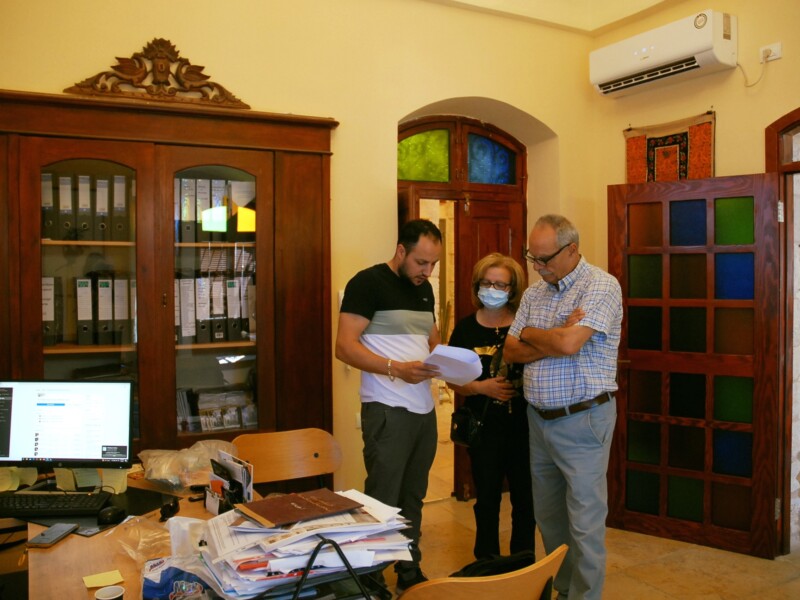
© Dar Al Sabagh center 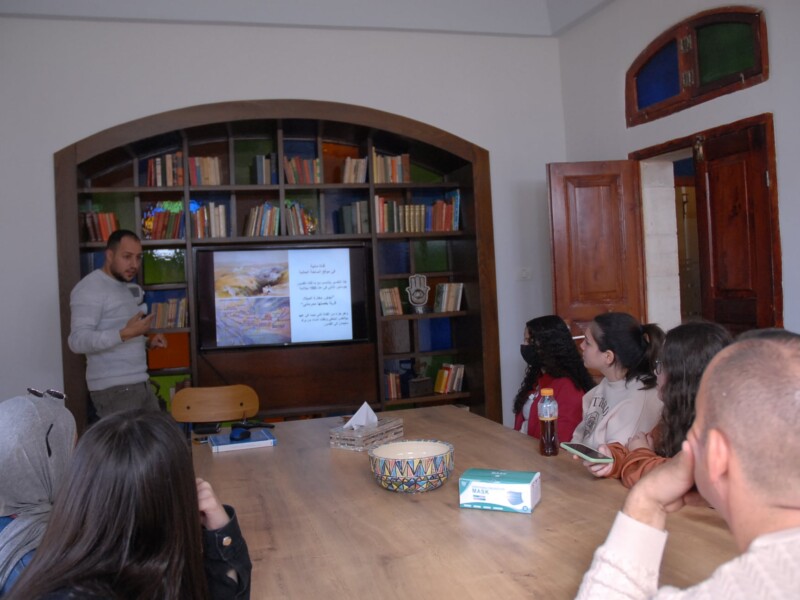
© Dar Al Sabagh center 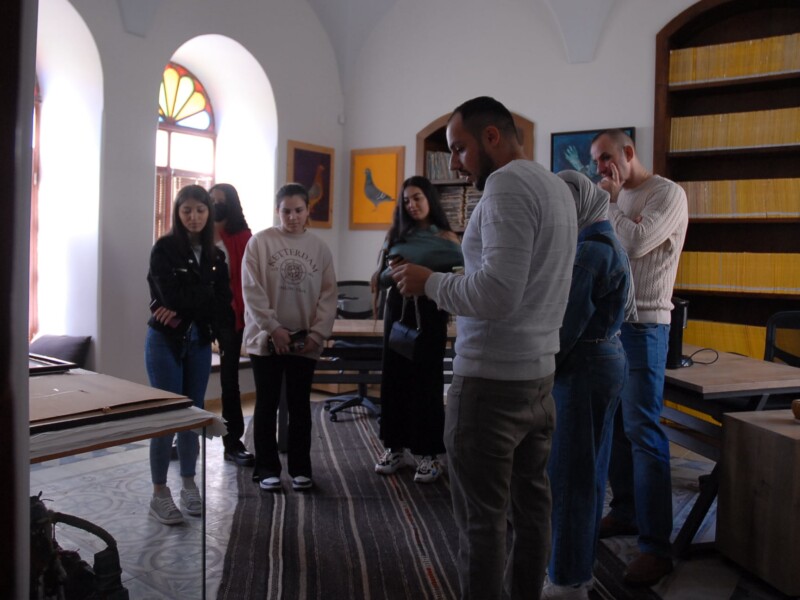
© Dar Al Sabagh center 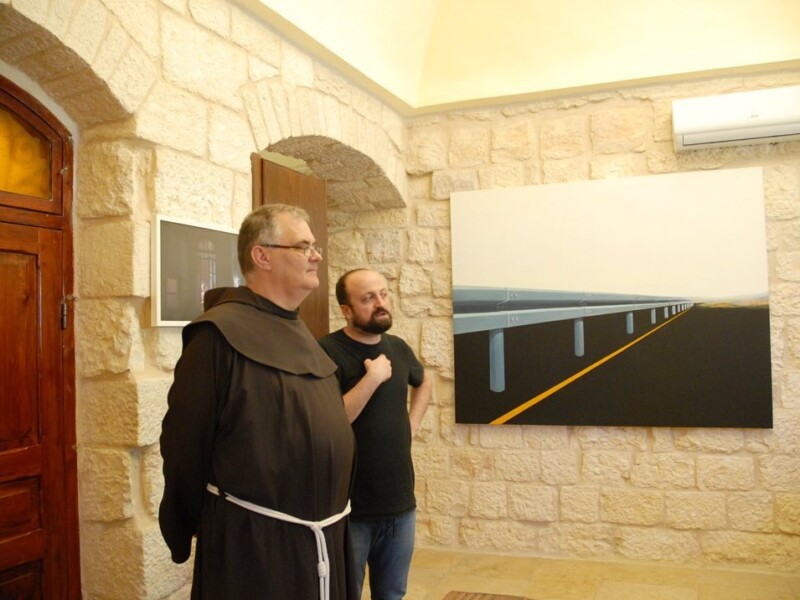
© Dar Al Sabagh center 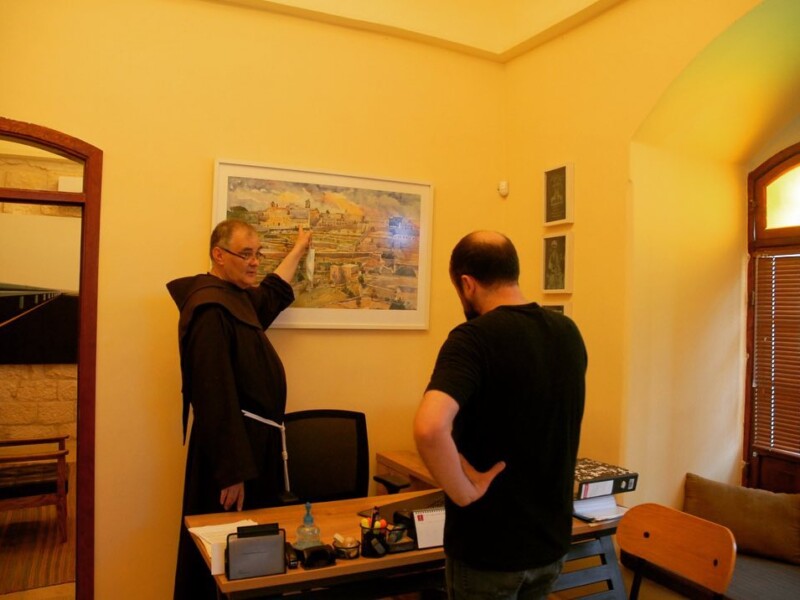
© Dar Al Sabagh center



